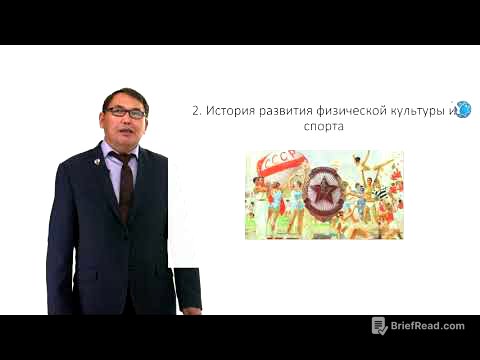TLDR;
This video provides a detailed explanation of Exchange Traded Funds (ETFs), comparing them to mutual funds, and offering guidance on how to select ETFs for investment. It covers the basics of ETFs, their mechanics, differences from mutual funds, and key considerations for investment decisions.
- ETFs are traded directly on exchanges like stocks and have underlying assets like stocks, currencies, bonds, or commodities.
- ETFs move live with market volatility, unlike mutual funds that are based on the day's closing price.
- Key differences between ETFs and mutual funds include expense ratios, minimum investments, trading flexibility, and suitability for different investment horizons.
What are ETFs? [0:00]
ETFs, or Exchange Traded Funds, function similarly to open-ended funds (mutual funds) but are traded directly on exchanges like stocks. An ETF holds an underlying asset class, such as stocks, currencies, bonds, or commodities like gold and silver. While mutual funds are based on different asset classes, they aren't traded directly on exchanges. ETFs combine features of both stocks and mutual funds, allowing for delivery or intraday trades. Like mutual funds, ETFs also have a portfolio or underlying asset class. For example, Nifty 50 ETFs and Index Funds both perform similarly to the Nifty 50 Index, reacting positively to market movements. However, ETFs move live with market volatility, whereas mutual funds are based on the closing price of the day.
ETF VS Mutual Funds [4:09]
ETFs track their underlying asset class (index, gold, silver, etc.) directly in live, while mutual funds may have a slight delay in execution. Mutual funds generally have slightly higher expense ratios compared to ETFs. The difference in returns between ETFs and index funds is due to tracking error. While mutual funds have expense ratios, ETFs have STT and other charges. Additionally, accessing ETFs requires a demat account, incurring annual maintenance charges. Overall, charges and expenses are slightly higher for mutual funds, which can lead to index ETFs showing better returns than index mutual funds.
Key Differences [6:35]
ETFs generally have lower expense ratios compared to index funds, making them a better option for those concerned about cost. Minimum investments for index funds start at ₹500, but with ETFs, you must purchase at the stock price, which may be above or below ₹500. ETFs offer trading flexibility, allowing for intraday, momentum, or swing trades during market hours, which is more difficult with mutual funds. Taxation is the same for both: short-term capital gains (within one year) are taxed at 20%, and long-term gains (after one year) at 12.5%. ETFs are suitable for both short-term and long-term investments, while mutual funds are more suitable for long-term investments.
How to pick ETF's? [7:25]
ETFs are market-linked products and carry market risk. It's important to conduct thorough research or consult a financial advisor before investing. Liquidity is another risk to consider, as some ETFs have very low liquidity. When selecting an ETF, check its Assets Under Management (AUM) and volumes to ensure buy and sell transactions can be executed efficiently. Funds with high liquidity are preferable. Purchasing an ETF is similar to purchasing stocks: you need to open a demat account, load money into the wallet, and then purchase the stocks.









